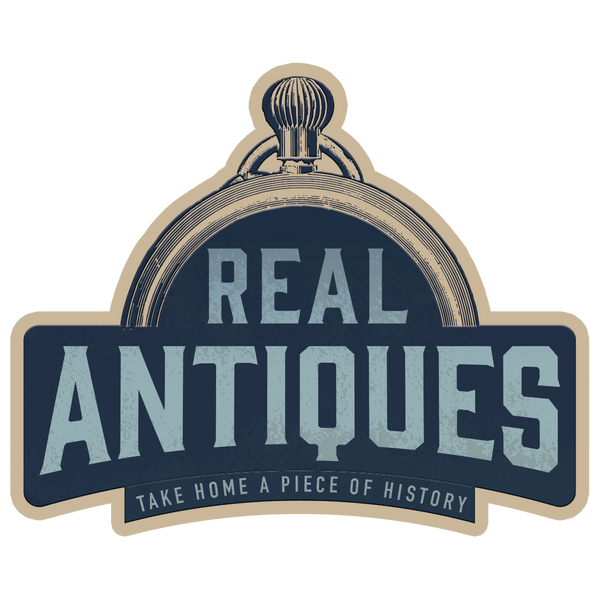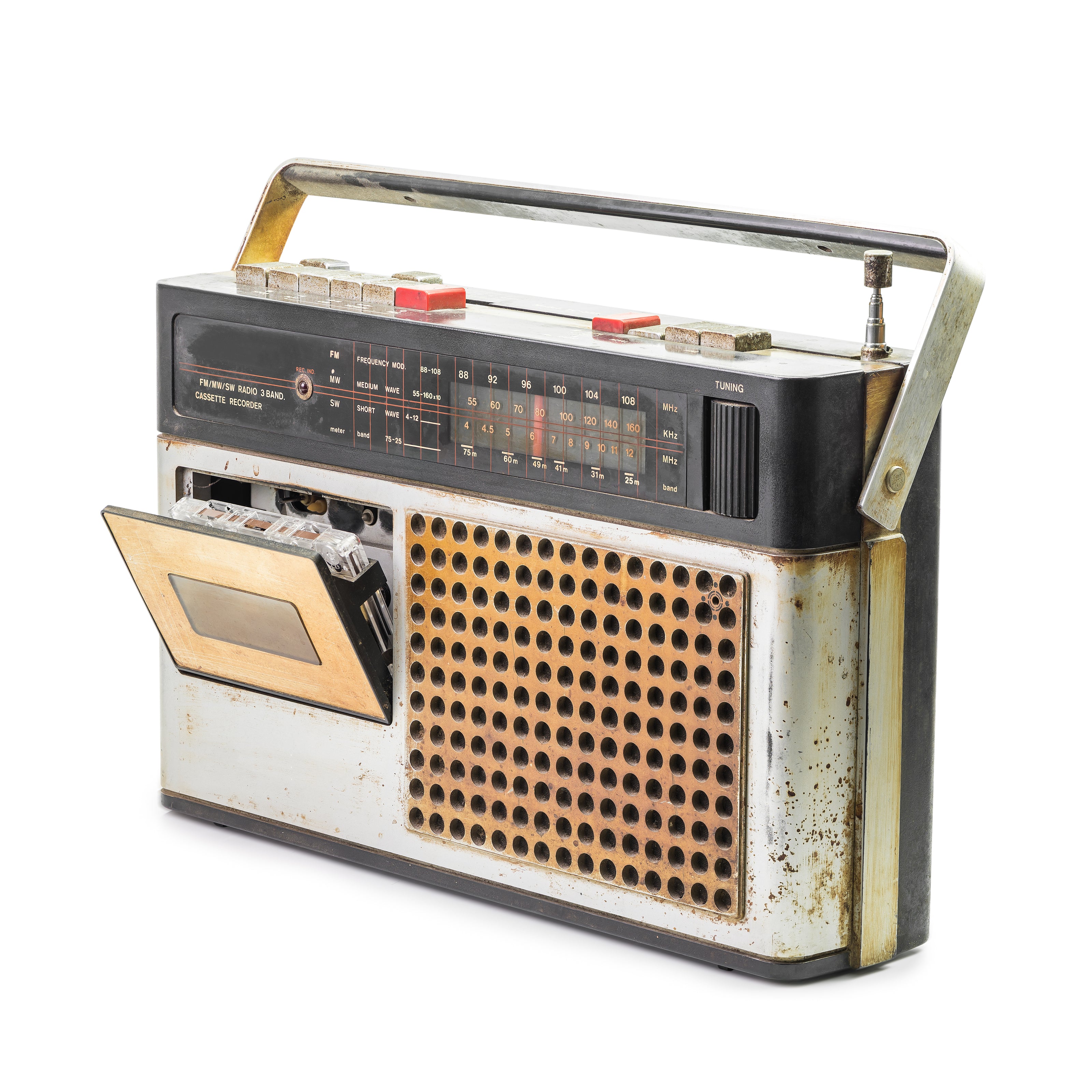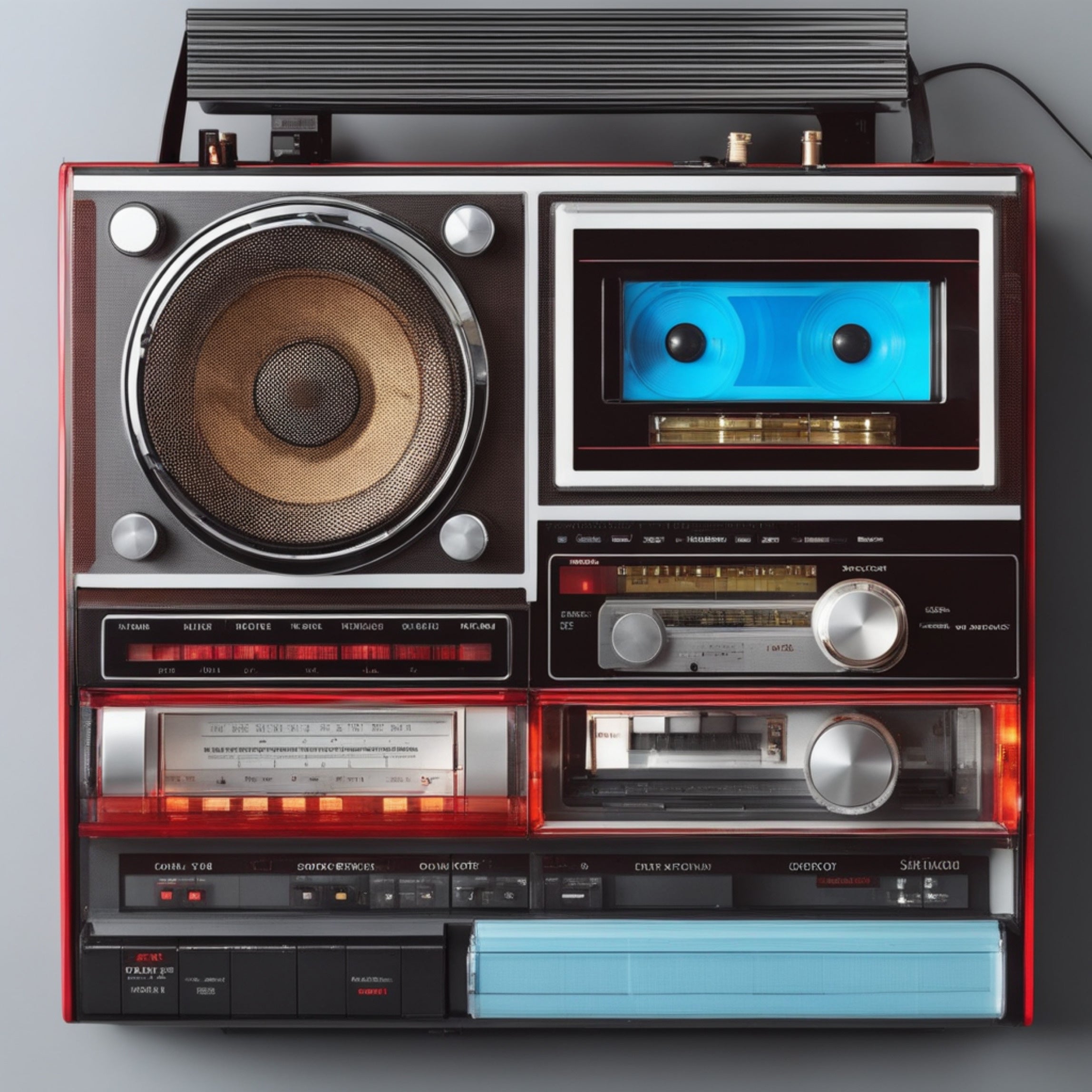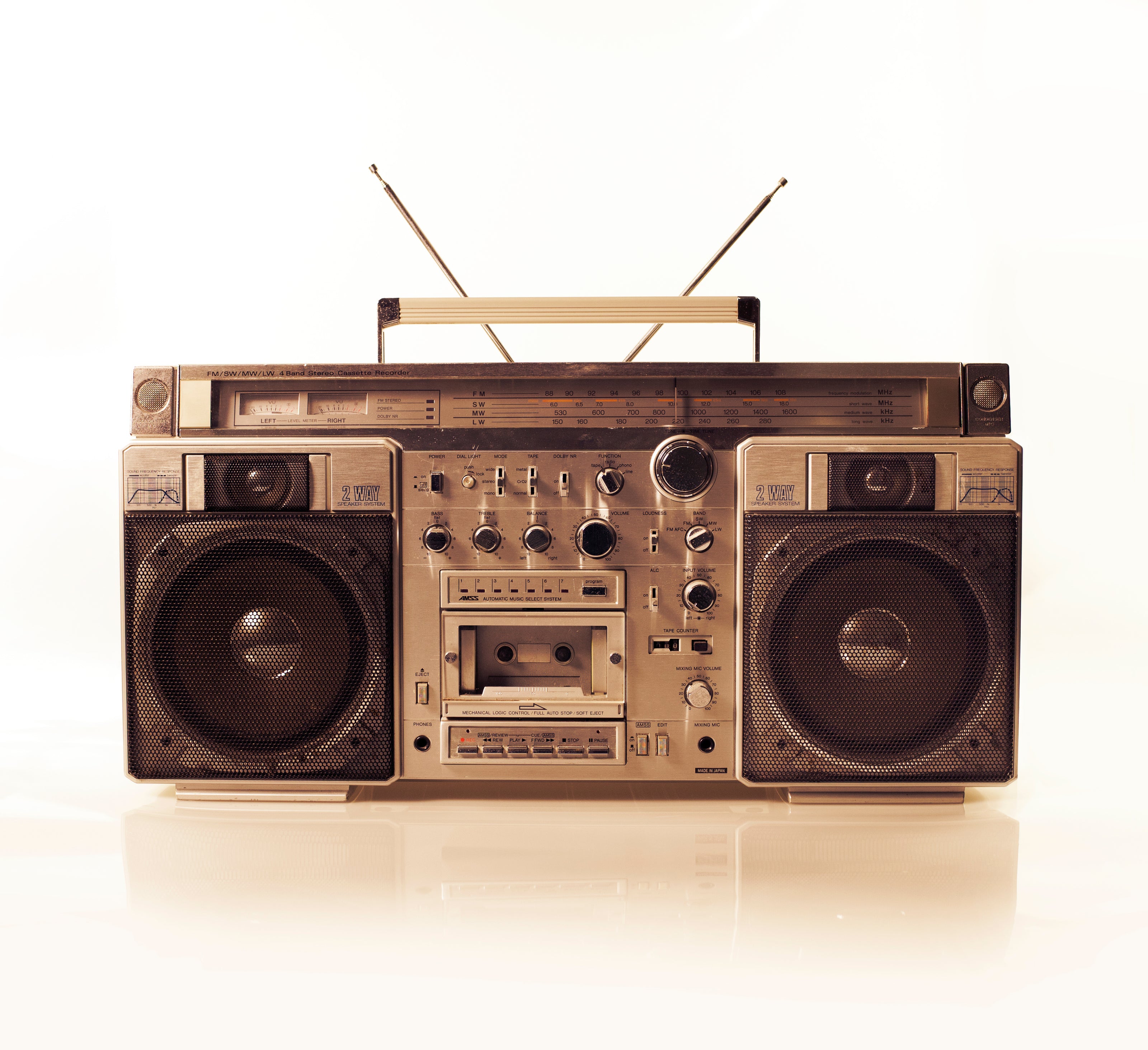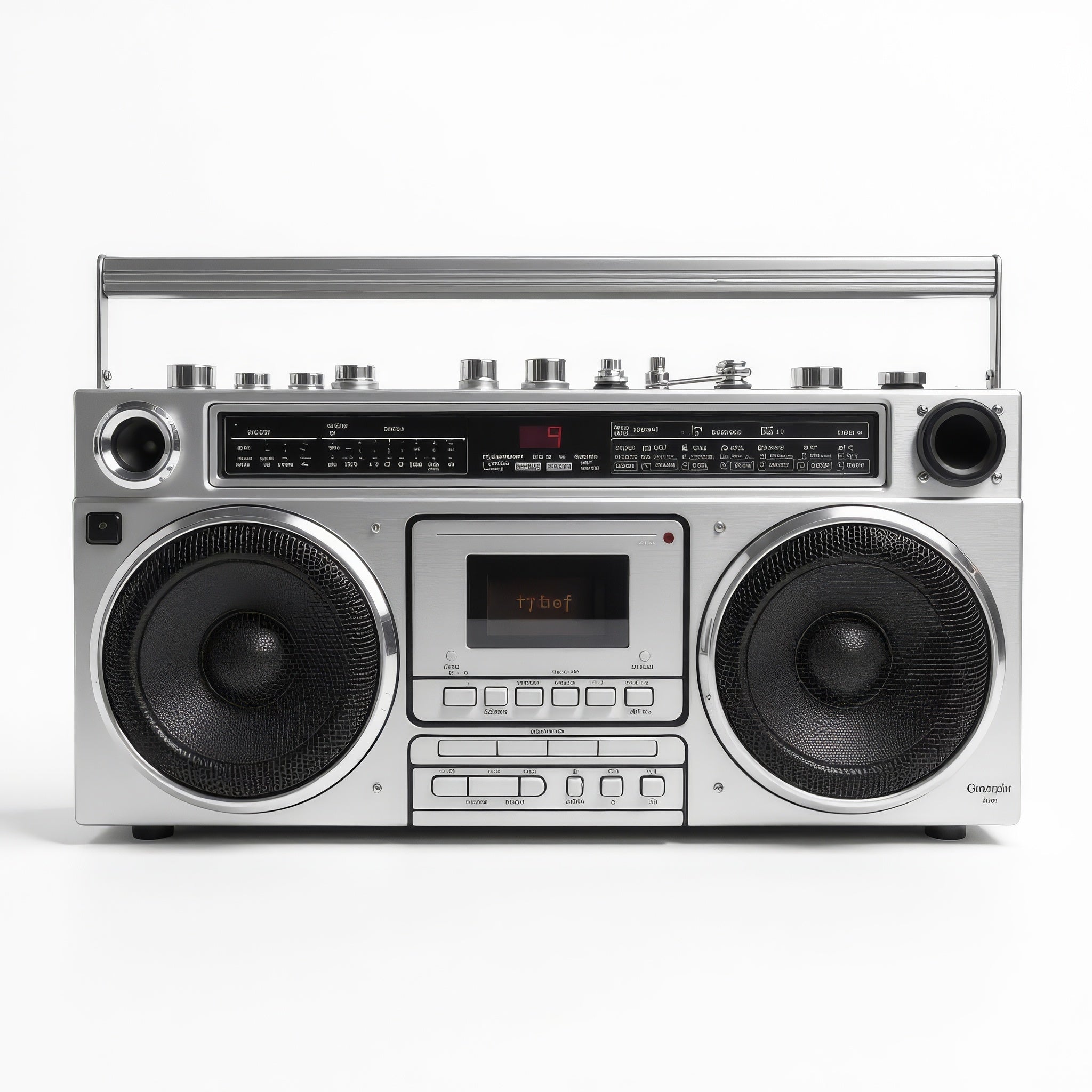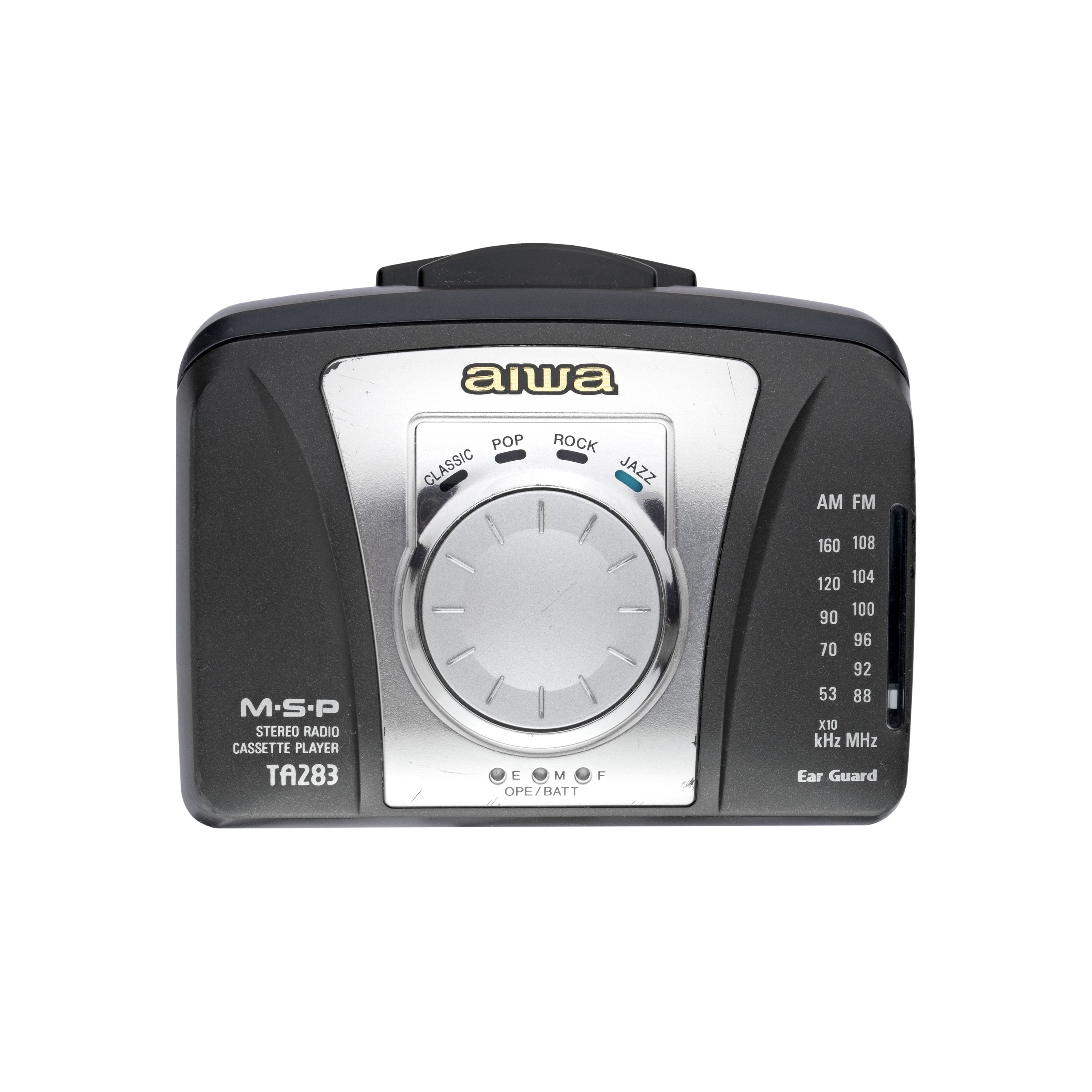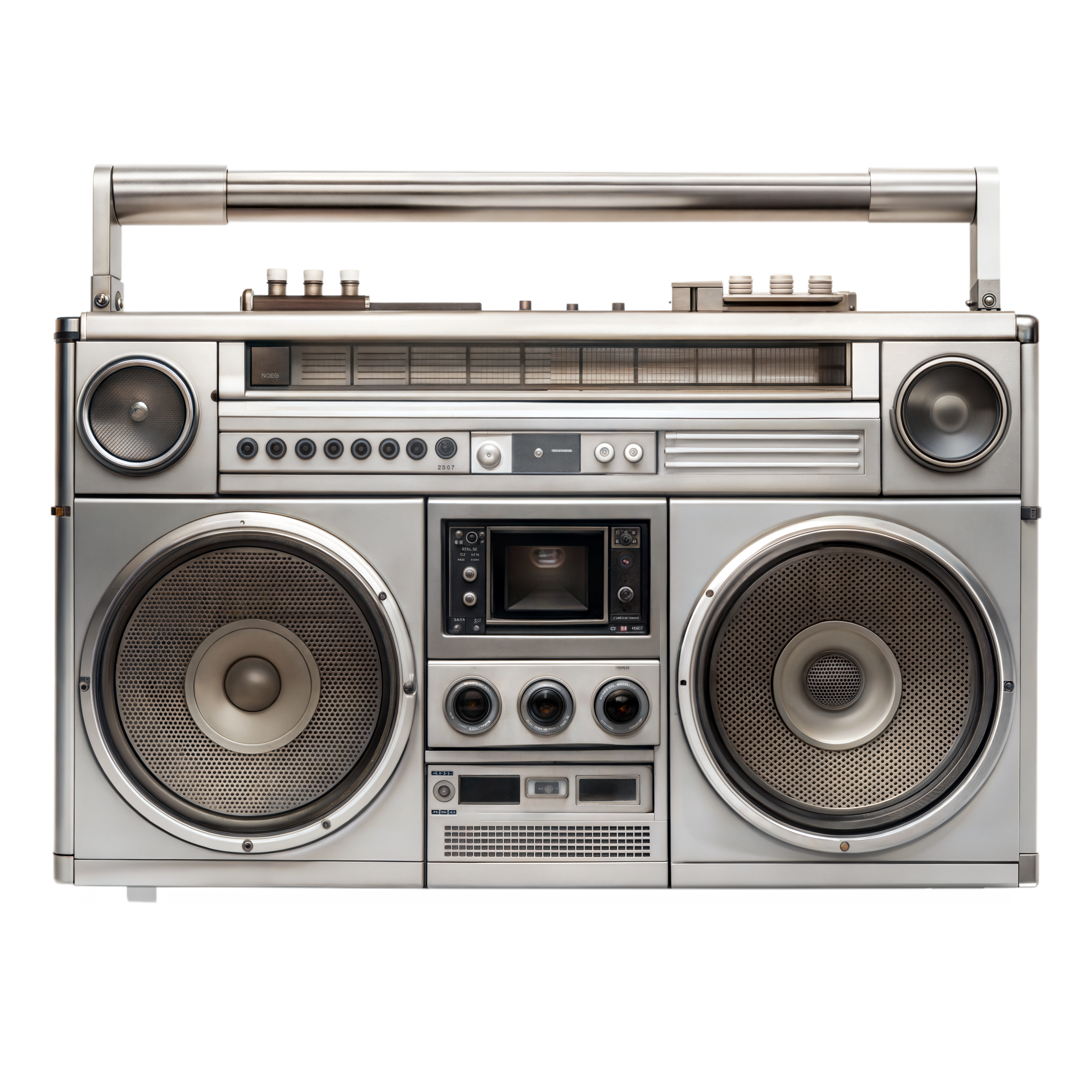
"Rewinding Memories, Playing the Past" 🎶📼
Cassette Players: The Portable Sound Revolution
Cassette players transformed the way people listened to music, offering portability, personalization, and accessibility like never before. From mixtapes to Walkmans, these devices became an integral part of pop culture, allowing individuals to take their favorite songs anywhere. Even in the digital age, cassette players hold a nostalgic charm, reminding us of an era when pressing "Play" meant something special.
The Origins: The Birth of Cassette Technology
The journey of cassette players began with the invention of the compact cassette by Philips in 1963. Initially designed for voice recording, cassettes quickly became a music format due to their affordability and ease of use.
🔹 Fritz Pfleumer developed the first magnetic tape recording technology in the 1920s.
🔹 Philips introduced the compact cassette in 1963, revolutionizing the way audio was stored.
🔹 Sony launched the Walkman in 1979, making music portable for the first time.
By the 1980s, cassette players had become a global phenomenon, defining the way people experienced music.
Innovation and Evolution
1. Reel-to-Reel Tape Recorders (1940s-1960s):
Before compact cassettes, reel-to-reel machines were used for recording and playback, but they were bulky and expensive.
🔹 Key Feature: Large magnetic tape reels for high-quality audio.
🔹 Impact: Used primarily in professional studios and broadcasting.
2. Compact Cassette Players (1960s-1970s):
The introduction of compact cassette players made recording and listening more accessible to everyday consumers.
🔹 Key Feature: Small, enclosed cassettes with easy-to-use tape spools.
🔹 Impact: Allowed people to record music from radio or create personal mixtapes.
3. The Walkman Era (1979-1990s):
Sony’s Walkman revolutionized music by introducing lightweight, battery-powered cassette players with headphones.
🔹 Key Feature: Ultra-portable design with a headphone jack.
🔹 Impact: Gave rise to personal, on-the-go music listening.
4. Boom Boxes and Car Stereos (1980s-1990s):
Large, speaker-equipped cassette players—popularly known as boomboxes—became symbols of urban music culture.
🔹 Key Feature: Dual speakers, bass boost, and AM/FM radio.
🔹 Impact: Boomboxes became central to hip-hop culture and street music scenes.
5. Dual Deck Cassette Players (1980s-1990s):
These models allowed users to copy tapes and create personal compilations, fueling the popularity of mixtapes.
🔹 Key Feature: Two cassette slots for recording and playback.
🔹 Impact: Enabled easy music sharing before CDs and MP3s.
6. The Decline and Resurgence (2000s-Present):
With the rise of CDs, MP3 players, and streaming, cassette players faded in popularity. However, the nostalgia-driven revival of analog music has brought cassettes back into niche markets.
🔹 Key Feature: Vintage appeal, analog warmth, and limited-edition cassette releases.
🔹 Impact: Collectors and retro enthusiasts are keeping the cassette culture alive.
Cultural Impact and Usage
Cassette players shaped music culture and personal expression in unique ways:
🎵 Mixtape Culture: People crafted mixtapes as heartfelt gifts, blending favorite songs for loved ones.
🎧 Personalized Music Experience: The Walkman era allowed individuals to control their listening experience for the first time.
📻 Radio Recording: Listeners could record songs directly from FM/AM radio, a precursor to modern music playlists.
🎶 Hip-Hop & Street Culture: Boomboxes became a defining feature of hip-hop in the 1980s, providing the soundtrack for street performances.
Interesting Facts About Cassette Players
📼 The first Walkman (Sony TPS-L2) was released in 1979 and changed the way people listened to music.
📼 Cassettes outsold vinyl records for the first time in 1983 due to their convenience.
📼 Many modern artists release albums on cassette as collector’s items, fueling a cassette comeback.
Why Cassette Players Matter Today
Even in the digital age, cassette players evoke a sense of nostalgia and appreciation for analog sound. Their tangible, hands-on music experience stands in contrast to today's streaming era, making them a cherished relic of musical history.
